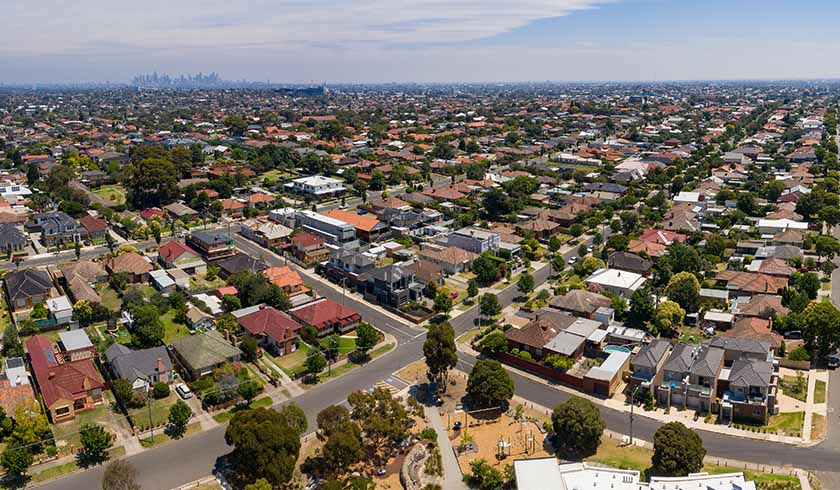Why interest rates no longer affect property values
Interest rates have always been seen as the big influencer of property values in Australia. But not any longer. Here’s why.

We know that property values are driven by supply and demand. And because most properties are purchased with bank finance, demand is driven by access to and the cost of money. That is, the bank’s money.
Until a couple of years ago, the cost of money was the only lever the government could use to moderate property demand. Simply, it worked like this: increase interest rates to reduce demand and reduce rates to increase demand. It was a money tap with a single lever handle.
More handles
Well, now the money tap has multiple handles, as well as a multi-combination lock.
As a result of the so-called housing affordability crisis, we’ve seen unprecedented political and public pressure on the banks. This has led to APRA, the Productivity Commission and most recently the banking royal commission to force lenders to significantly restrict lending policy.
These multiple restrictions and hurdles have seen the money flow dry up significantly – not being able to access money, or borrow much less, has caused property values in NSW and Victoria to take a massive hit. A self-fulfilling prophecy.
Where are the key lending restrictions?
1. Loan servicing rate excessively high
While actual interest rates have been steadily decreasing, banks continue to assess all existing and new borrowings at a minimum of 7 up to 8 per cent (average 7.25 per cent) despite APRA’s recent call for lenders to reduce it.
Banks have also added additional buffers in their calculation process when assessing a person’s ability to service a loan. This makes it much harder for potential borrowers.
2. Assessment of living expenses has increased
Along with significant increases in cost of living allowances, the banks also heavily scrutinise spending, without much flexibility, significantly reducing borrowing capacity.
3. Loan to income ratio limit reductions
The allowable loan to income ratio (the size of your loans compared to your income) has reduced by 25 per cent to 30 per cent from the previous average of 8:1 down to 6:1, which has tightened if you can borrow and reduced how much you can borrow.
4. Credit file reporting has increased
Credit files have become much more sophisticated. Banks can now see current as well as closed accounts, along with the number of enquiries.
This is used to check for any undisclosed debts but also leads to a more forensic examination of spending. The number of credit enquiries alone can knock out your ability to borrow.
5. Interest-only loan cost penalties
Interest-only loans, favoured by many investors, are now more costly than principal and interest loans. This has come about through a response to regulatory pressures but is also opportunistic price taking – property owners are unable proportionately to increase rent, making it harder to service loans and forcing many to sell their properties prematurely.
6. Credit card assessments
Credit cards are always assumed to be fully drawn and are now assessed as needing to be paid within three years (and at an increased limit of 3.8 percent a month, up by 25 per cent). This further reduces how much you can borrow.
7. Bank valuations
Bank valuations also appear to be more conservative, which reduces the amount of available equity you can access and therefore the amount that you can pay for your next property.
Australian property is now a money minefield
As you can see, many circumstances are now conspiring against would-be property owners who are either shut out from the market all together, or if they’re lucky, they can only buy property for much less.
Interest rates are the least of our worries. It doesn’t matter how cheap the money gets – if you can’t get your hands on it, you can’t buy property.
Falling rates are great for existing property owners to reduce costs and improve cash flow, but it doesn’t have the impact on the property market that it used to.
What can you do?
Property is a game of finance. And to succeed in this climate, you need a high-performance approach.
Working with an elite team, including an independent property adviser, mortgage broker and accountant, is more important than ever.
Tighten up on your discretionary spending and pay down debt, especially credit cards, where possible – minimise your spending in the six months before you need to buy a property – any one-off splurges will hurt!
Despite the challenges, however, property is still the best way to invest and it’s a great time to buy. When the game gets harder, the star players emerge!

